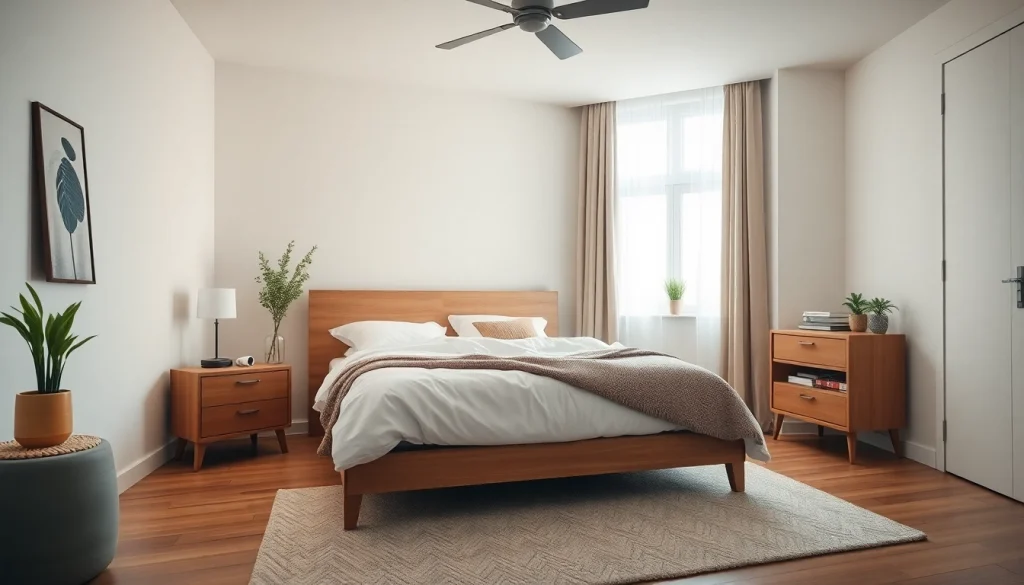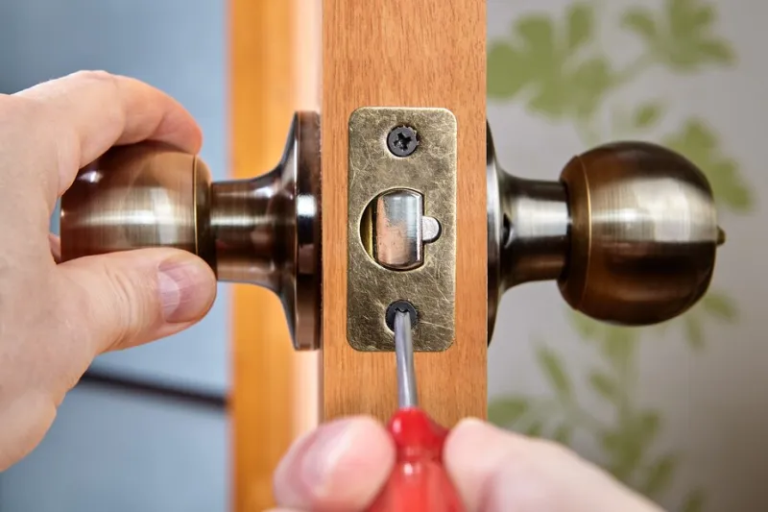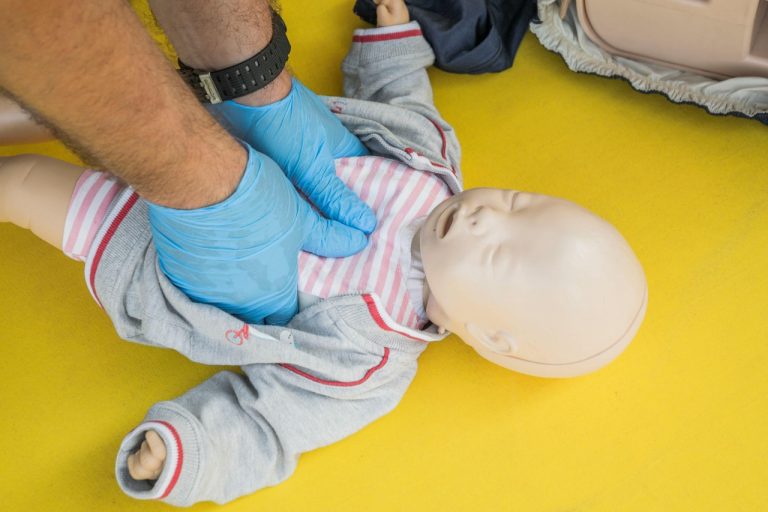
Understanding Bed Bugs and Their Behavior
1. What are Bed Bugs?
Bed bugs are small, reddish-brown, wingless insects that feed on the blood of humans and animals. They are scientifically classified as Cimex lectularius and are notorious for their ability to hide in small crevices, enabling them to survive in various environments and making infestations particularly challenging. Adult bed bugs typically measure about 4 to 5 millimeters long and can be easily mistaken for a speck of pepper or a small apple seed. One of the defining characteristics of bed bugs is their capacity to reproduce quickly; a single female can lay hundreds of eggs in her lifetime, leading to rapid population growth if left unchecked.
2. Common Signs of Infestation
Identifying a bed bug infestation early is crucial for effective control. Here are some common signs to look for:
- Bite Marks: Often the first indication, bite marks on the skin typically appear as small, red welts in a linear or clustered pattern.
- Fecal Stains: Bed bugs leave behind small, dark spots (about the size of a dot from a fine-tipped pen) on bedding, furniture, and walls – these are fecal stains.
- Eggs and Shells: Bed bug eggs are small, white, and typically found in hiding spots, while shed skins from nymphs are a common sight around their habitats.
- Musty Odor: An infested room may emit a sweet, musty odor due to the pheromones released by bed bugs.
3. How Bed Bugs Spread
Bed bugs can spread through various means which contribute to their resilience. They often hitch a ride on luggage, clothing, and second-hand furniture. In multi-unit dwellings, such as apartments, they can move through walls and plumbing. Schools, hotels, and public transportation systems are common areas where bed bugs can be picked up unknowingly. Understanding how these pests traverse different environments is vital for implementing effective bed bug control strategies.
Essential Steps for Bed Bug Control
1. Preparing Your Space for Treatment
Preparation is key in the effective control of bed bugs. Here are essential steps to prepare your space:
- Declutter: Begin by removing unnecessary items from your living area, especially from bedrooms where bed bugs are most likely to hide.
- Launder Fabrics: Wash bedding, clothing, and any infested materials in hot water and dry them on high heat to kill bed bugs and their eggs.
- Vacuum Thoroughly: Use a vacuum cleaner equipped with a hose attachment to get into corners, seams of mattresses, carpets, and furniture. Dispose of the vacuum bag immediately after use.
- Seal Cracks and Crevices: Identify and seal any gaps in walls, windows, and places where pipes enter your home. This can help eliminate potential hiding spots.
2. Cleaning and Decluttering Strategies
Effective cleaning and decluttering ensure that bed bugs have nowhere to hide:
- Regular Deep Cleaning: Committing to routine cleaning of carpets, curtains, and furniture will help unearth any newly emerging bugs.
- Use of Mattress Encasements: Employ bed bug-proof mattress encasements to provide protection from bed bug bites and to contain any existing bed bugs.
- Storage Management: Keep clothing and personal items in sealed bags until they are needed, and avoid keeping things under beds where bugs may thrive.
3. Effective Use of Insecticides
When it comes to chemical controls, insecticides should be used as part of an integrated pest management strategy:
- Targeted Treatment: Use insecticide sprays specifically formulated for bed bugs. Always read labels and follow safety precautions.
- Heat Treatments: Bed bugs are sensitive to heat. Consider using steam or heat treatments in addition to insecticides for comprehensive control.
- Consult with Professionals: Understanding when to call in professionals can be pivotal since they have access to more effective products and techniques not available to the general public.
Professional vs. DIY Bed Bug Control Methods
1. When to Call a Professional Exterminator
While DIY remedies can be effective for minor infestations, there are scenarios where professional intervention is warranted:
- Widespread Infestations: If bed bugs have spread extensively throughout your home, professionals have the expertise and equipment necessary to execute an effective treatment.
- Unsuccessful DIY Efforts: If your previous attempts at eradication have failed, it’s time to bring in a professional who can provide a fresh perspective and effective solutions.
- Health Concerns: Vulnerable populations, such as children or those with allergies, may require the immediate attention of experienced pest control specialists.
2. DIY Methods for Bed Bug Control
For those who wish to tackle bed bugs independently, several DIY methods can be deployed:
- Homemade Traps: Set up bed bug traps made of simple materials like soapy water to catch and kill visible bugs.
- Essential Oils: Certain essential oils, like lavender or tea tree oil, have repellent properties, but should be used with caution as they usually lack sufficient effectiveness on their own.
- Freezing: For small items that can’t be washed, freezing them for at least four days can eliminate bed bugs, as they cannot survive extreme cold.
3. Comparing Costs and Effectiveness
Cost considerations are important when choosing between DIY methods and professional services:
- DIY Costs: Usually lower upfront costs, but can result in increased total expenditure if multiple attempts fail.
- Professional Exterminator Costs: Higher initial costs, but can result in complete eradication and peace of mind in one visit.
- Effectiveness: DIY methods may be less effective for serious infestations. An integrated approach combining both methods might provide the best results.
Prevention Strategies to Avoid Future Infestations
1. Regular Inspection Tips
Routine checks can help catch bed bug infestations before they become unmanageable:
- Frequent Sweeping: Regularly check and clean areas where bed bugs are likely to hide, especially in bedrooms and near beds.
- Monitor Travel Habits: After returning from travel, inspect your luggage and belongings thoroughly before bringing them into your home.
- Use of Monitoring Devices: Employ passive traps or bed bug detectors around your bed and sleeping areas.
2. Protective Measures for Travel
When traveling, implement preventive measures to avoid bringing bed bugs home:
- Inspect Hotel Rooms: Look for signs of bed bugs upon arriving in a hotel. Check the seams of mattresses, headboards, and behind nightstands.
- Luggage Management: Keep your luggage off the floor and on metal racks whenever possible. Use protective luggage covers.
- Wash Clothes Immediately: Wash clothes from your trip immediately upon arriving home, using hot water, to kill any potential bugs.
3. Environmental Control Practices
Maintain a bed bug-free environment through proactive measures:
- Clutter Reduction: A decluttered home is less hospitable to bed bugs, reducing their hiding places.
- Use Protective Barriers: Install bed bug-proof mattress and box-spring encasements as both a preventive measure and a means to contain existing problems.
- Regular Maintenance: Make it a habit to perform thorough inspections and cleanings of your home, regularly updating pest control strategies.
Resources and Support for Bed Bug Control
1. Helpful Online Guides and Tools
Numerous online resources provide guidance for bed bug control:
- EPA Guidelines: The Environmental Protection Agency offers detailed instructions on their website regarding bed bug treatment and prevention strategies.
- Local Health Departments: Many local health departments provide resources and support for managing pest problems.
- Online Forums and Communities: Engaging with others who have experienced bed bug issues can provide insights and shared experiences.
2. Finding Local Pest Control Services
When it comes to seeking professional help, consider the following steps:
- Research Local Exterminators: Look for pest control operators with proven track records in dealing specifically with bed bugs.
- Check Reviews and Testimonials: Before finalizing a service, read customer reviews to gauge their effectiveness and quality of service.
- Ask for Guarantees: Ensure the pest control service offers guarantees for their work, demonstrating confidence in their effectiveness.
3. Community Support and Resources
Getting support from your community can make dealing with a bed bug infestation easier:
- Local Nonprofits: Some nonprofits assist families with pest control needs. Investigating local resources can provide financial relief.
- University Extensions: Many universities offer free access to pest control information and resources through their agricultural extensions.
- Neighborhood Watch and Support Groups: Collaborating with neighbors can help raise awareness and provide support for collective pest control efforts.






